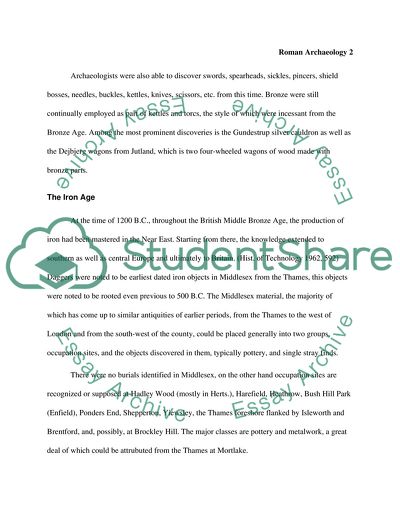Cite this document
(Iron Age and Roman Archaeology Report Example | Topics and Well Written Essays - 2500 words, n.d.)
Iron Age and Roman Archaeology Report Example | Topics and Well Written Essays - 2500 words. https://studentshare.org/archaeology/1718419-iron-age-and-roman-archaeology-what-can-archaeology-tell-us-about-patterns-of-iron-age-and-roman-trade
Iron Age and Roman Archaeology Report Example | Topics and Well Written Essays - 2500 words. https://studentshare.org/archaeology/1718419-iron-age-and-roman-archaeology-what-can-archaeology-tell-us-about-patterns-of-iron-age-and-roman-trade
(Iron Age and Roman Archaeology Report Example | Topics and Well Written Essays - 2500 Words)
Iron Age and Roman Archaeology Report Example | Topics and Well Written Essays - 2500 Words. https://studentshare.org/archaeology/1718419-iron-age-and-roman-archaeology-what-can-archaeology-tell-us-about-patterns-of-iron-age-and-roman-trade.
Iron Age and Roman Archaeology Report Example | Topics and Well Written Essays - 2500 Words. https://studentshare.org/archaeology/1718419-iron-age-and-roman-archaeology-what-can-archaeology-tell-us-about-patterns-of-iron-age-and-roman-trade.
“Iron Age and Roman Archaeology Report Example | Topics and Well Written Essays - 2500 Words”. https://studentshare.org/archaeology/1718419-iron-age-and-roman-archaeology-what-can-archaeology-tell-us-about-patterns-of-iron-age-and-roman-trade.


